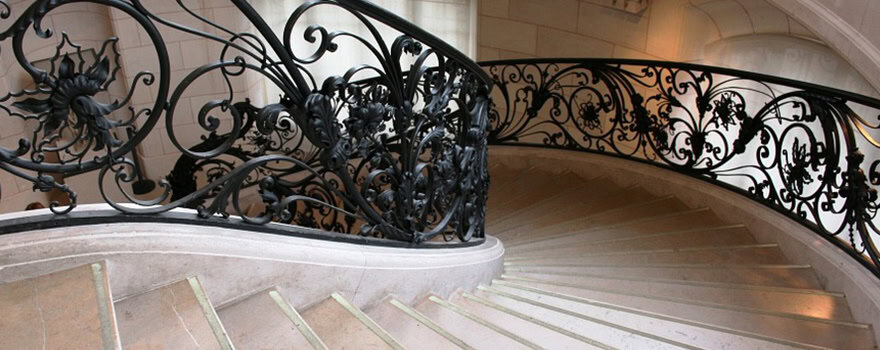While many architectural examples of this once-popular style have been destroyed over the years, Budapest continues to protect and display its artistic heritage.
Art nouveau pretty much dominated most forms of artistic expression in the late 19th and early 20th centuries. It consisted of two main styles: the Paris/Brussels form of curved, whippy decorations and the Viennese/Glasgow style (?!) that was more geometric in its precision. But in Central Europe, the main cities combined art nouveau with their own special local styles, resulting in some of the most remarkable examples of the art. Foremost among these cities were Budapest, Prague and Riga. As happens with most styles of art, however, art nouveau dropped out of favor with the advent of World War I and the emergence of the newest craze, art deco.



During the past century, building after art nouveau building throughout Europe has fallen under the wrecking ball of progress. Against all the odds, some cities have managed to retain their special art nouveau structures, and Budapest is chief among them. Perhaps the greatest of the art nouveau architects was Ödön Lechner, nicknamed the “Hungarian Gaudi.” Lechner used Oriental forms in his buildings, including such innovations as floral images and lacquered finishes that he added to his minarets, which echoed the Asiatic origins of Hungarians. The best of his works still stand today as monuments to this bygone era: the roof of the Post Office Savings Bank; the Institute of Geology; the Török Bank and school on Dob utca. In addition, one of Lechner’s most memorable works is the Bedő Ház, a Szecesszió museum.


And finally, the Gresham Palace Hotel, renovated in the early 2000s, is now one of the largest art nouveau buildings in the world; coupled with the Gellért Hotel, both of these magnificent Budapest buildings stand out as shining examples of the all-too-short-lived art nouveau era in Central European art and architecture.




